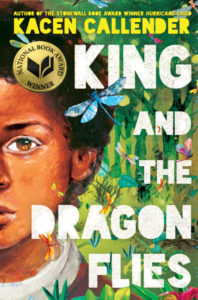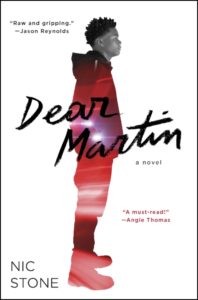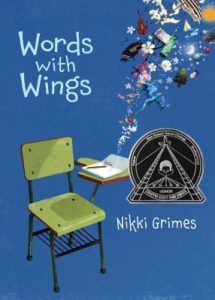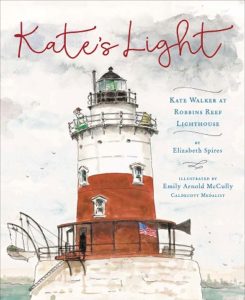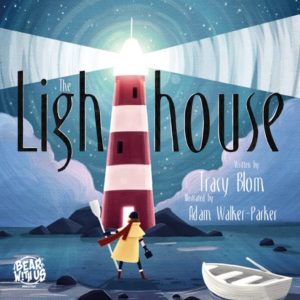 This month, we welcome Stephen Barr to the OPB friends and family club. He’s an agent at Writers House, which is one of the largest literary agencies in the industry.
This month, we welcome Stephen Barr to the OPB friends and family club. He’s an agent at Writers House, which is one of the largest literary agencies in the industry.
Fun fact: it’s an actual house—see for yourself!
Back to Stephen…he graduated from UCLA with a degree in English, then flew to NYC with the goal of riding the carousel in Central Park…and maybe becoming an editor. If you bribe him with a Frappuccino, he’ll confess he didn’t even know literary agents existed, but after coming up short in his hunt for one of a slew of editorial assistant jobs, he chased internships, and those were all at literary agencies. So, he landed an agent’s assistant gig at Writers house, and the rest is literary history.
But that’s not enough Stephenness. We need more! So, here are seven fun Stephen-centric bio-facts.
- He had a New York Times article written about him in 2011 where he confessed to being “freakishly, dangerously ambitious.”
- His clients include David Macaulay (Caldecott Medalist and MacArthur Fellow), Emily Hughes, and Christopher Silas Neal
- He loves silly and/or sweet and/or heartbreaking picture books
- His Twitter bio awesomely claims “customer at Pancake House”
- He’s 110% pro-lightsaber
- He wrote and recorded a song to score a book trailer for the very first book he found in the slush pile
- He met his future wife in the spiral staircase at Writers House, five years before their first date
For those of you who want to check out Stephen social-media-wise, here are some URLs. Everyone else? Let’s get to that interview!
 RVC: You joined Writers House in 2008. What’s the story of how you got there? Where did you develop the itch for agenting?
RVC: You joined Writers House in 2008. What’s the story of how you got there? Where did you develop the itch for agenting?
SB: Had I known that literary agents existed, I suspect I would’ve been pretty laser focused on becoming one! But editors are more visible cultural figures, I’d argue, in a way that literary agents are not, so the former was all I knew while growing up as a bookworm.
After graduating from college in Southern California, moving to New York with crossed fingers and whiffing a handful of interviews for editorial assistant positions, I started interning at Writers House and saw how much room for variety and self-starting there is in agenting.
Cue the itch!
RVC: Please share your literary-world résumé gimmick.
SB: Alas, there were quite a few, some more embarrassing than others, but I landed an interview at Bantam Books by rubber-banding my resume around a Batman action figure, which I’d spent a few hours adapting from “Submarine Adventure Batman” into “Editorial Assistant Bantam,” who looked stupendously nerdy (and for some reason had a trident).
RVC: Sounds totally reasonable to me, but then again I still try hard to convince people that chocolate milk comes from brown cows.
Now, since we’re being honest, one of the reasons you’ve been on my radar is your uncommonly high SPF—Smarty-Pants Factor. My evidence? There’s a lot to choose from, such as your one and only post on MS Wishlist which says “send me your epistolary novel and our correspondence can be a plot point in your larger epistolary novel. #manuscriptofmydreams.” How vital is it that clients—current or future—share your same level of hah-hahness?
SB: As long as they can successfully ignore the majority of my dad jokes, we should be fine : )
RVC: What’s your secret vice when it comes to a picture book manuscript?
SB: Double-meanings!
RVC: What are the top three reasons you reject a picture book submission?
SB: 1) no surprises 2) no heart, 3), no double-meanings!
RVC: Since you’ve brought it up twice…please offer up an example of double meanings in a picture book so I’m sure we’re on the same page.
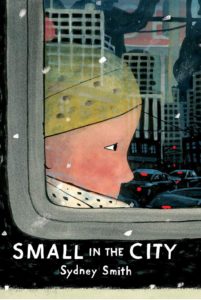 SB: Well, I feel like there are a whole bunch of different ways to peel that banana, but Sydney Smith’s Small in the City does an inhumanly amazing job of getting twice the impact out of single lines.
SB: Well, I feel like there are a whole bunch of different ways to peel that banana, but Sydney Smith’s Small in the City does an inhumanly amazing job of getting twice the impact out of single lines.
RVC: Fantastic–thanks! Now, how do you describe your agenting style?
SB: Joyful, creative, collaborative, never settling, always dreaming.
RVC: At one point, you admitted in an interview that you love being an agent “cartoonishly much.” Why?
SB: Let me count the ways, etc. But certainly because it’s given me a golden opportunity to help good people make their dreams come true (and when those dreams come true, the world has more art in it!)
RVC: What’s a favorite author success story?
 SB: It’s impossible to pick just one, so here are ninety! Or okay, I’ll at least start with Bethany Barton, who’s practically a walking picture book herself (in terms of her energy, her expressiveness, her casual profundity, etc.) but needed a nudge to carve out time from the rest of her busy artistic life to devote to picture books. Her first two books (This Monster Needs a Haircut and This Monster Cannot Wait!) were supremely delightful but never quite took off…so we were talking about who knows what one afternoon when she mentioned these terrifying spiders that had taken up residence in her studio and how, even though she desperately wanted to squash them, she was “trying to love spiders.”
SB: It’s impossible to pick just one, so here are ninety! Or okay, I’ll at least start with Bethany Barton, who’s practically a walking picture book herself (in terms of her energy, her expressiveness, her casual profundity, etc.) but needed a nudge to carve out time from the rest of her busy artistic life to devote to picture books. Her first two books (This Monster Needs a Haircut and This Monster Cannot Wait!) were supremely delightful but never quite took off…so we were talking about who knows what one afternoon when she mentioned these terrifying spiders that had taken up residence in her studio and how, even though she desperately wanted to squash them, she was “trying to love spiders.”
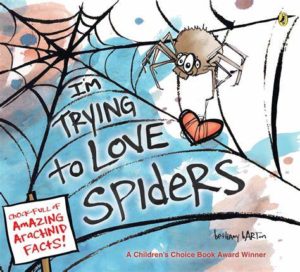 Bethany’s heart is Guinness-world-record-sized, so it was an utterly Bethany thing to say, but we also immediately realized it was the title of her next book…so what felt like seventeen seconds later, she resurfaced with a perfect dummy for I’m Trying to Love Spiders, which launched a series of briskly-selling books about facing your fears with curiosity that’s now moving on to its fifth installment, I’m Trying to Love Garbage.
Bethany’s heart is Guinness-world-record-sized, so it was an utterly Bethany thing to say, but we also immediately realized it was the title of her next book…so what felt like seventeen seconds later, she resurfaced with a perfect dummy for I’m Trying to Love Spiders, which launched a series of briskly-selling books about facing your fears with curiosity that’s now moving on to its fifth installment, I’m Trying to Love Garbage.
RVC: One last question for this part of the interview. (Spoiler—it’s a toughie.) What type of long-term effect do you see COVID-19 having on the kidlit industry?
SB: I was speaking about this to a fellow at the Brooklyn Superhero Supply Co. (a front for Dave Eggers’ 826 NYC literacy non-profit) and the combination of 1) school districts hustling to provide their students with sufficient technology to support remote learning and 2) authors and publishers adapting so many of their events to online spaces means that more schools serving low-income students will be able to bring those students in front of more authors, without budget issues or technology issues standing in the way!
RVC: Alright, Stephen…you are now entering…THE LAND OF THE SIX-QUESTION SPEED ROUND! ARE YOU READY?
SB: Absolutely not, but let us proceed.
RVC: Your six questions start…NOW! Best place in NYC for an astonishingly good cupcake?
SB: If my son eats more than one cupcake from Ladybird Bakery in Park Slope, he’s capable of generating an apocalypse.
RVC: West Wing, Mad Men, or Twin Peaks?
SB: Twin Peaks, unless it’s past midnight, in which case it would be too scary, in which case I’ll just color in my Twin Peaks coloring book.
RVC: You’re hosting a picture-book pizza party picnic and can bring four picture book friends. Who gets the invites?
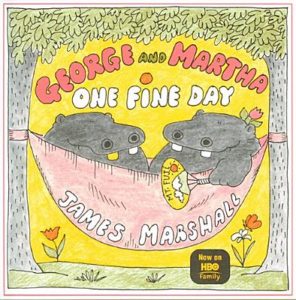 SB: Wait, is this real humans in the picture book world, or picture book characters? Either way, Elephant & Piggie and George & Martha.
SB: Wait, is this real humans in the picture book world, or picture book characters? Either way, Elephant & Piggie and George & Martha.
RVC: What’s the One That Got Away?
SB: Cindy Derby, bless her beautifully odd heart.
RVC: Last non-Writers House picture book that you just loved.
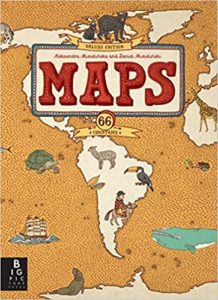 SB: The humongous deluxe edition of Big Picture Press’s MAPS by Aleksandra and Daniel Mizielińscy, which is perfect for just leaving open in your living room every day while a little bit of the world slips into your life.
SB: The humongous deluxe edition of Big Picture Press’s MAPS by Aleksandra and Daniel Mizielińscy, which is perfect for just leaving open in your living room every day while a little bit of the world slips into your life.
RVC: If you had an agenting motto, it’d be…
SB: in Latin, and I wouldn’t understand it.
RVC: Thanks oodles, Stephen! This was quite the experience!

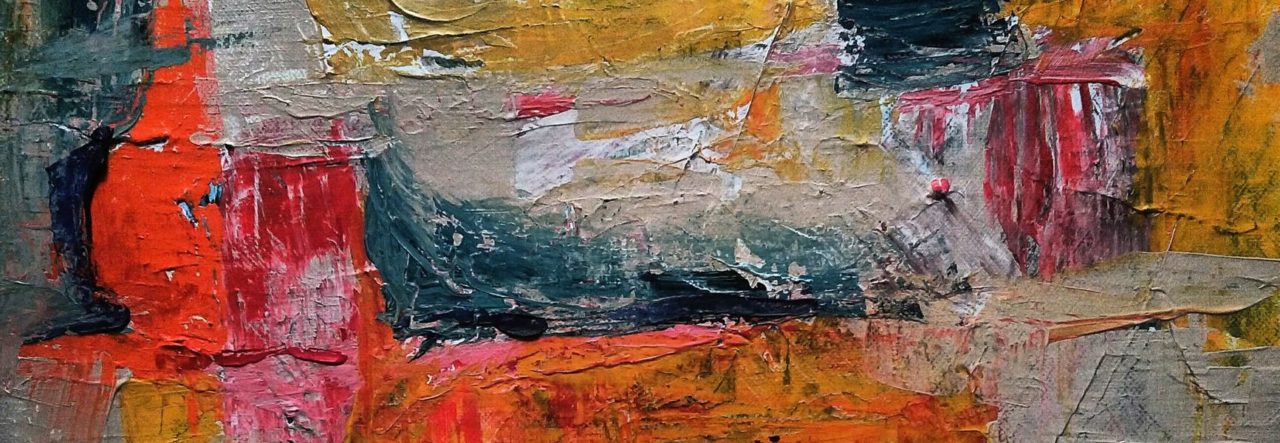
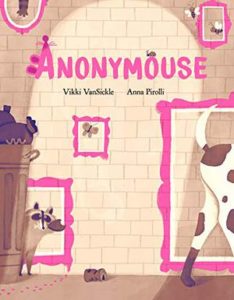
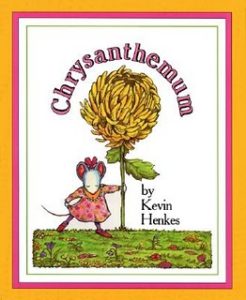
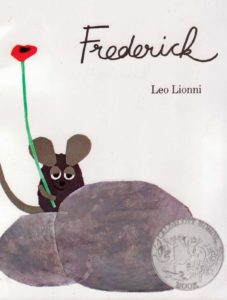
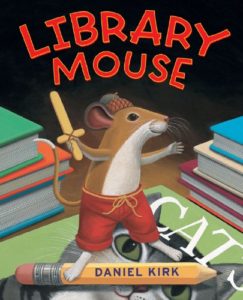

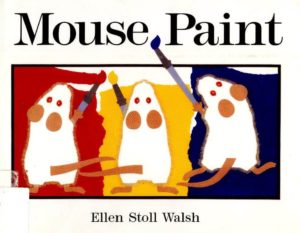
 When I saw that
When I saw that 
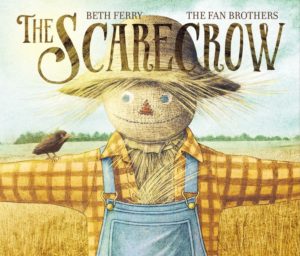
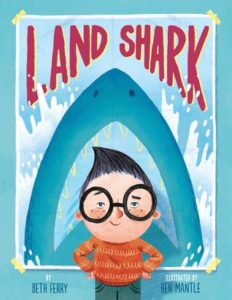
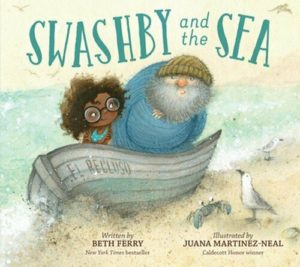
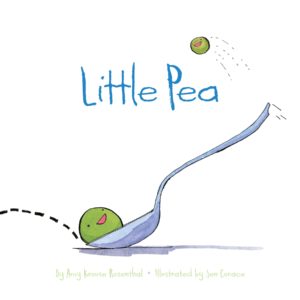
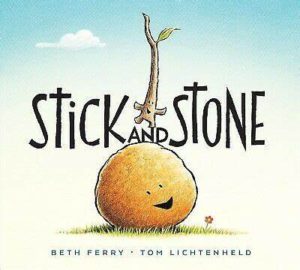

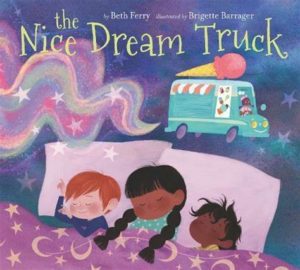
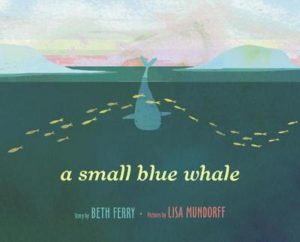

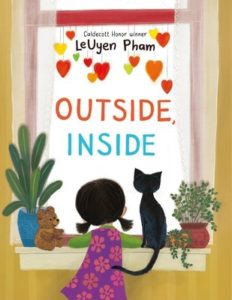
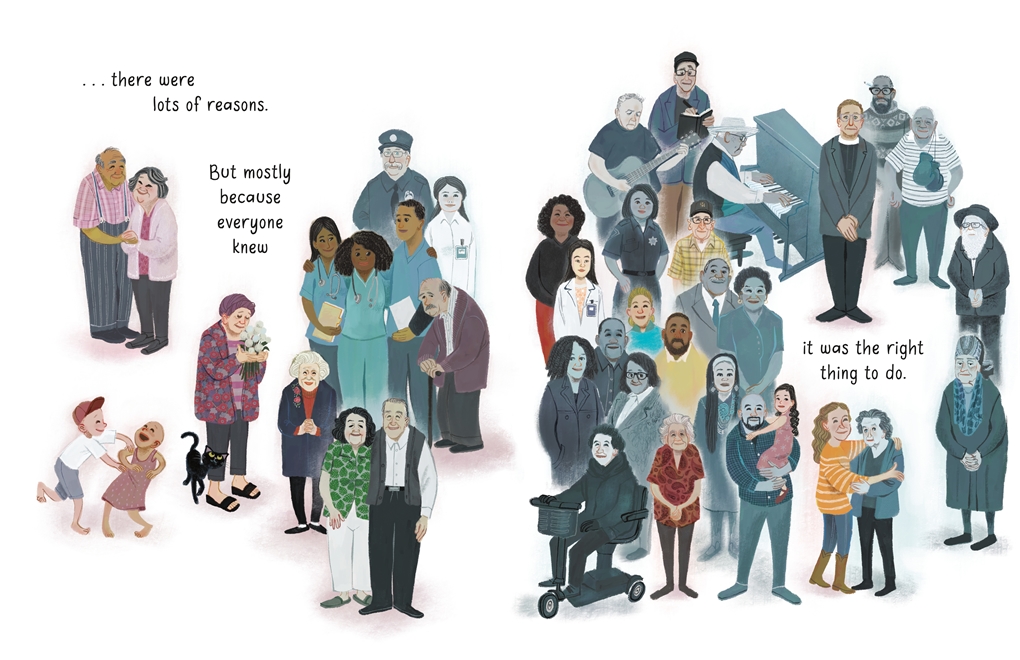

 David C. Gardner is an award-winning illustrator and visual development artist. A former artist for Walt Disney Animation Studios, he has illustrated numerous picture books, including his latest from Sleeping Bear Press,
David C. Gardner is an award-winning illustrator and visual development artist. A former artist for Walt Disney Animation Studios, he has illustrated numerous picture books, including his latest from Sleeping Bear Press,  While
While 